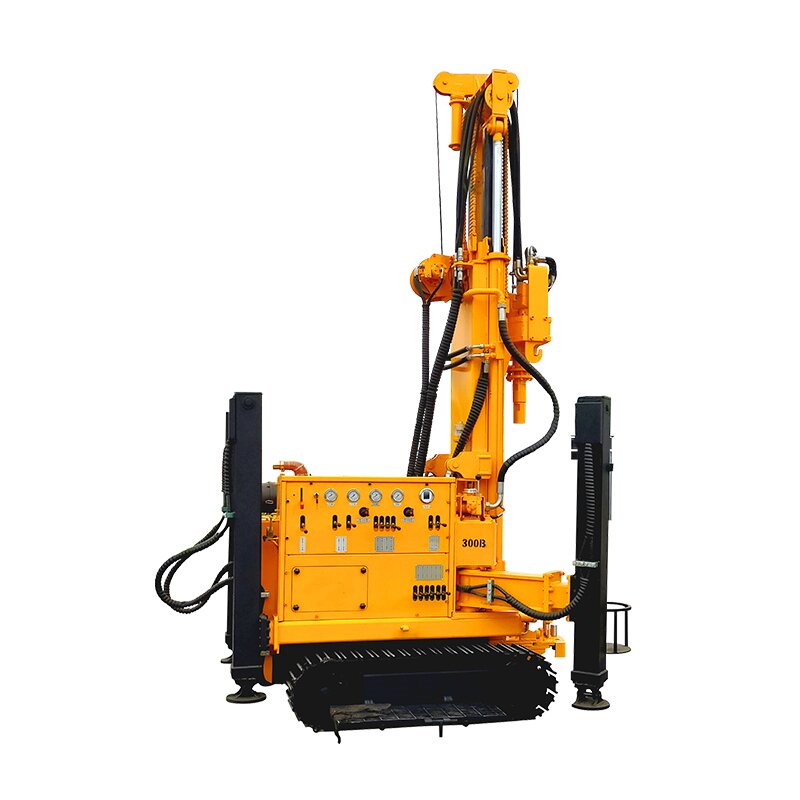Assessing the value of a water well drilling rig is a comprehensive process that takes into account a number of factors. Below are some key valuation indicators:
1. Basic information about the equipmentMake and model:
Equipment from well-known brands usually performs more consistently and retains its value at a higher rate.
Year of production:
The age of the equipment directly affects its service life and depreciation rate.
Technical parameters:
Drilling depth, drilling diameter, power type, number of drill pipes and other parameters determine the operating range and efficiency of the equipment.
2. Physical condition of the equipmentAppearance inspection:
Check the equipment for obvious damage, corrosion, deformation and so on.
Functional test: Functional test of each component of the equipment to ensure its normal operation.Wear and tear:
Check the wear and tear of key components (e.g. drill bits, drill pipes, hydraulic system) and assess the remaining service life.
3. Utilization historyOperating hours:
The longer the cumulative operating hours of the equipment, the greater the degree of wear.
Maintenance records:
Complete maintenance records can prove how well the equipment has been maintained and increase its reliability.
Failure records:
To understand the history of equipment failure, to assess its failure rate.
4. Market QuotationSimilar equipment prices:
by checking the market price, to understand the same model or similar equipment used prices.
Supply and demand:
the price of equipment in short supply will be relatively high.
5. Completeness of accessoriesStandard accessories:
Check whether the equipment is equipped with all the standard accessories.
Wear parts:
Evaluate the wear and tear of wear parts and replacement costs.
6. Special features and configurationsAdditional features:
Check if the equipment has special features such as core drilling, directional drilling, etc.
Configuration level:
The configuration level of the equipment will affect its performance and price.
Evaluation methodsField survey:
The most direct way is to inspect the equipment in person and conduct simple tests.
Consult a professional:
You can consult a professional equipment maintenance personnel or used equipment appraiser.
Check the market:
Through the Internet, trade magazines and other channels to understand the market situation of similar equipment.
Understand the laws and regulations:
Purchase of used equipment needs to pay attention to the relevant laws and regulations to avoid disputes.
if you do not know how to choose the right water well drilling rig, click the link below to contact profssional team directly

Comments
Post a Comment